Article
11:39, 22.03.2024

The ranking system in Valorant plays a crucial role in the players' experience, especially for those aiming to showcase their skills in a competitive environment. In this article, we will explore the key aspects of the ranking system and provide additional details for a deeper understanding.
Ranking system in Valorant
Similar to most competitive games, Valorant offers its unique ranking system to track the gaming level of each participant. There are numerous different ranks that reflect the player's skills at a specific stage of the game.
To achieve a rank in Valorant, players must play 5 calibration matches, and the results determine the initial rank from which they start their journey. With subsequent victories or defeats, the rank will accordingly increase or decrease.
Ranks in Valorant are used to create more balanced matches in the competitive mode. Players with similar ranks often face each other, creating more interesting and evenly-matched battles.
Types of ranks in Valorant
Before delving into Valorant's ranking system, it is essential to fulfil some conditions. Players need to reach level 20 on their account to access ranked matches introduced in Act 4 Episode 1. It's also worth noting that without playing ranked matches for two weeks, your rank will be hidden.
Currently, the game has nine ranks, eight of which are subdivided into 3 levels. The ninth rank, Radiant, represents a leaderboard where the world's best players compete, and not all of them are professional esports players.
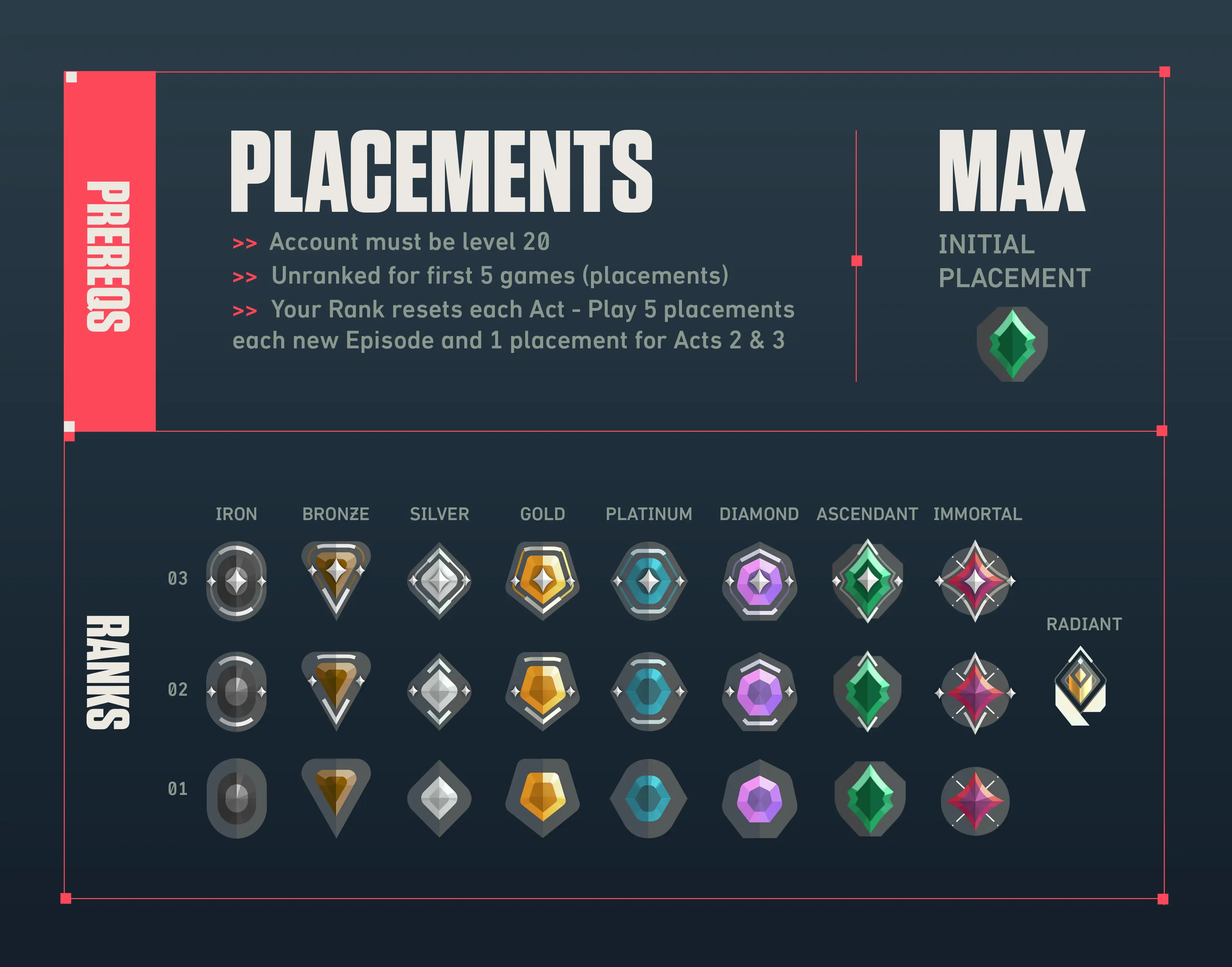
The available ranks are:
- Iron: Starting level for beginners.
- Bronze: Rank for those advancing from Iron.
- Silver: Level for mastering basic game mechanics.
- Gold: Rank for experienced players.
- Platinum: Reflects a high level of mastery.
- Diamond: Rank for elite players with advanced skills.
- Ascendant: Pre-top rank.
- Immortal: Top rank before the highest level.
- Radiant: Achieved only by top professionals, reflecting exceptional mastery.
These ranks not only serve as indicators of gaming experience but also contribute to creating interesting and balanced battles in the world of Valorant. It's important to remember that achieving a high rank requires not only skills but also strategy, tactics, and excellent teamwork.

Principles of the Valorant ranking system
In Valorant, the game dynamics are determined by the MMR/RR system, where losing leads to point loss and winning leads to point gain. Key factors in this process are the K/D ratios, which directly influence RR earnings. In summary, while a loss with a high K/D may soften the losses, a successful victory is equally important.
MMR, hidden in Valorant, is determined in the initial calibration stages but becomes more apparent after the rank is determined. RR points are awarded or deducted after each ranked match, and upon reaching 100 RR, the player advances to the next rank.
Distribution of RR points
- Loss: -10 to -30 RR
- Win: +10 to +50 RR
Ranking system restrictions
To advance in the Valorant ranks, players prefer forming groups, relying on teamwork skills. However, Riot Games has implemented various restrictions to prevent smurfing and unfair play in general (groups of 4 cannot participate in ranked matches).
Five-person group
Five-person groups have no rank restrictions, but if participants are Diamond 2 or higher, a 50% RR reduction penalty is applied.
Two to three-person groups
For groups of 2-3 people, restrictions exist, assuming gameplay with corresponding ranks, except for Immortal, who can only play in groups of 2 or 5 people.
Rank reset after each Act/Episode
The rank reset after each Act occurs for a more accurate determination of players' skill levels. After completing an Act, rank restoration requires only one game, ensuring balance and fairness in the system. Radiant players are subject to unique rules: after each Act, the leaderboard resets, and the rating decreases by 10%, ensuring fairness and preventing stagnation in the rankings.
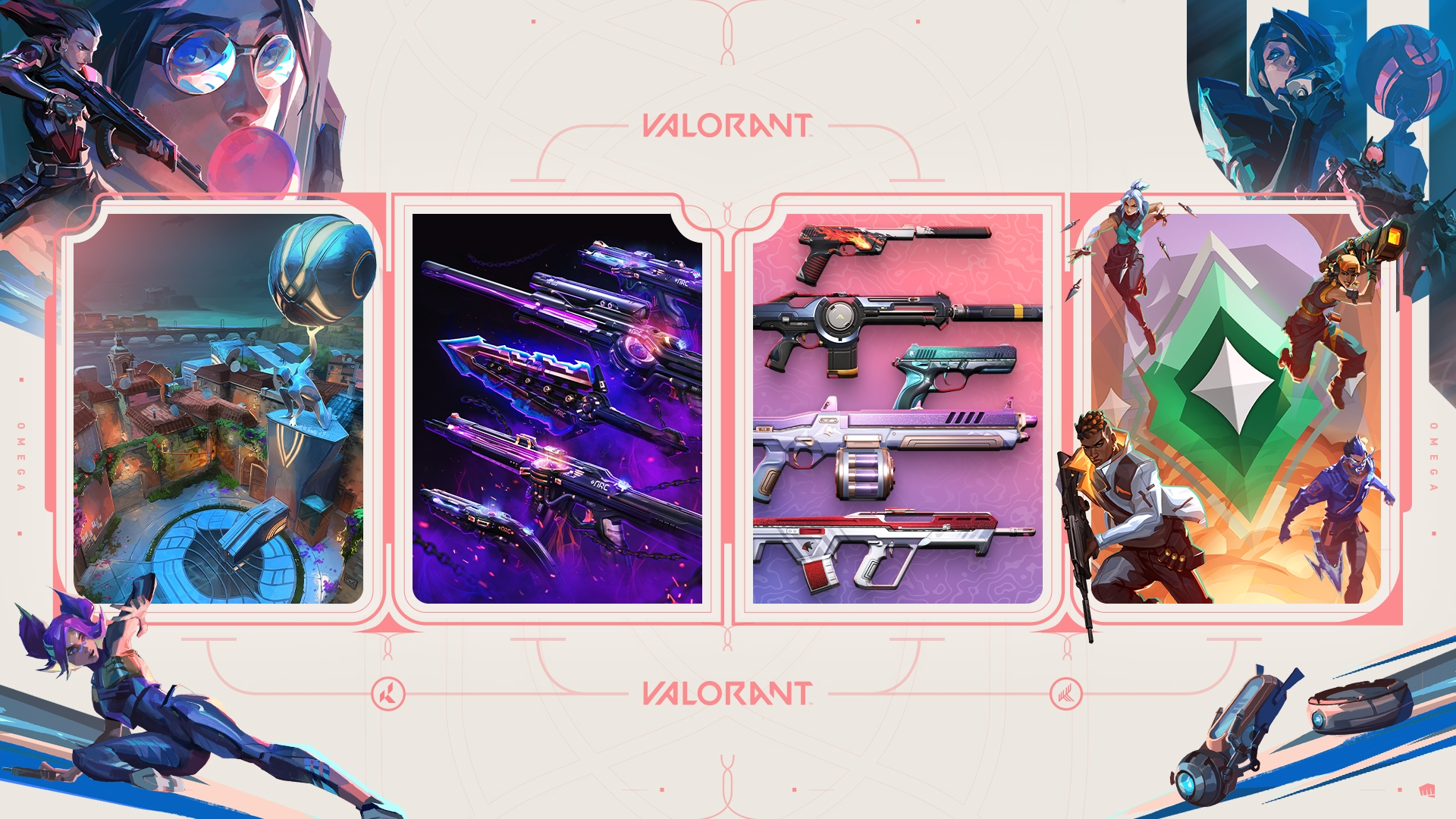
Role of Act ranks
The role of ranks in Valorant's rating system takes on a seasonal nature with the introduction of "Act ranks." These ranks are determined based on gameplay results during a two-month Act, where players showcasing outstanding skills can earn unique badges reflecting their mastery.
The structure of Act ranks ranges from Iron (lowest) to Radiant (highest), following the traditional hierarchy of ranks. Your Act rank is displayed as a series of triangles filling a bar. Each triangle represents a rank win at a specific level.
After completing nine ranked wins at your current level, your Act rank is locked, and you earn a badge confirming this achievement. This can be seen as a trophy for your best competitive series in the Act, providing an additional metric of success separate from your regular rank and serving as a source of satisfaction and motivation in the future.
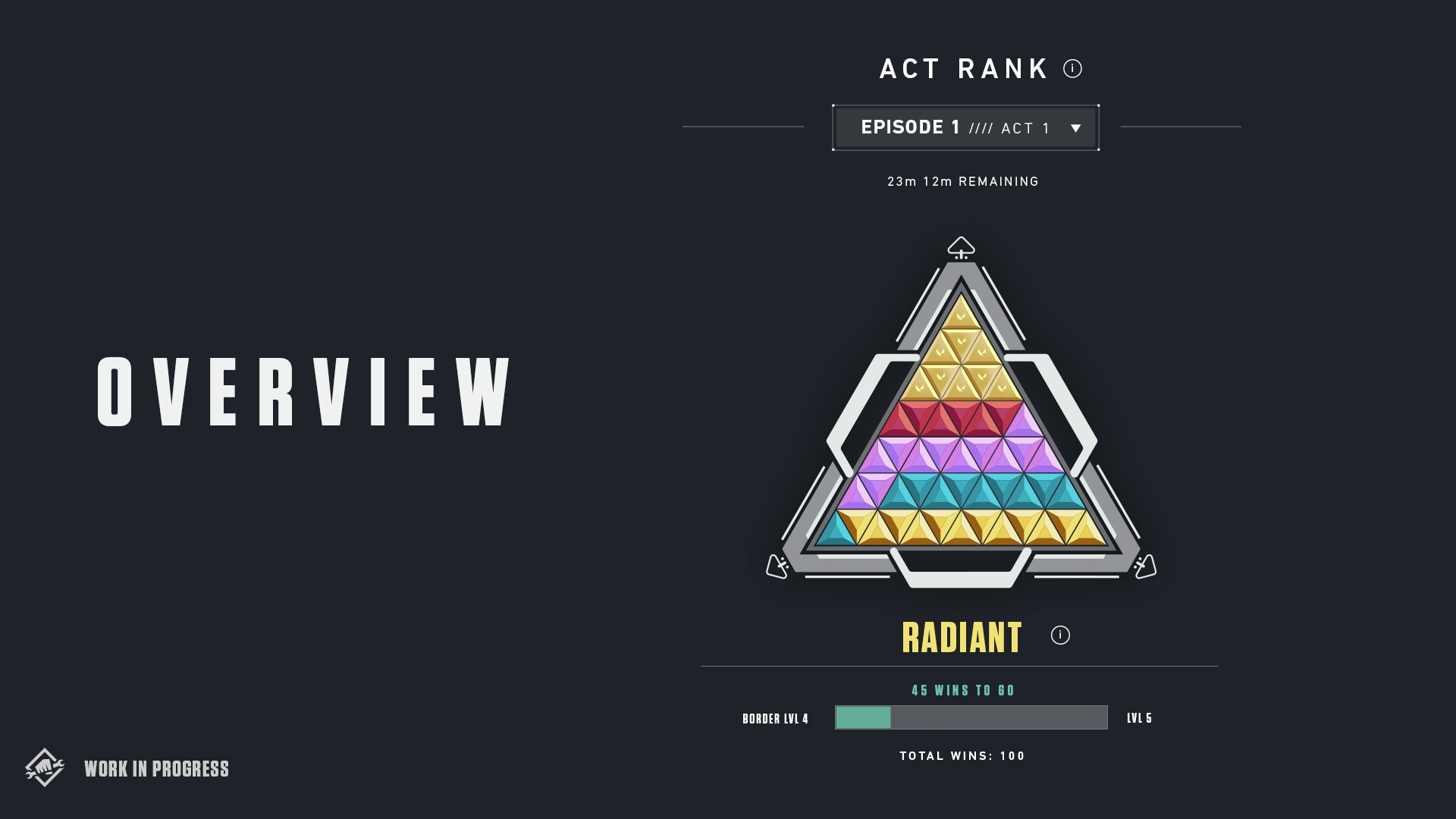
It's important to remember a few additional points about Act ranks: each new Act starts with a rank reset, requiring new wins to fill it and unlock the badge. Also, to determine the initial rank at the beginning of each Act or Episode, matches for rank placement are necessary.
Earned Act rank badges grant access to exclusive rewards, such as weapon skins and player card frames. Overall, this system in Valorant has introduced an additional element of competition and motivation for players.

Valorant players express discontent with Ascendant rank
Patch 5.0 in Valorant brought significant changes to the ranking system, introducing a new rank, "Ascendant," between "Diamond" and "Immortal." This sparked diverse opinions among players regarding the new rank, leading to discussions about the quality of the ranking experience after the changes were implemented.
Many players express dissatisfaction with the introduction of the "Ascendant" rank, claiming that it has led to a decline in the quality of matches in the ranked mode. Social media discussions indicate that some inexperienced players reach the "Ascendant" rank without possessing sufficient skills and knowledge of the game mechanics.
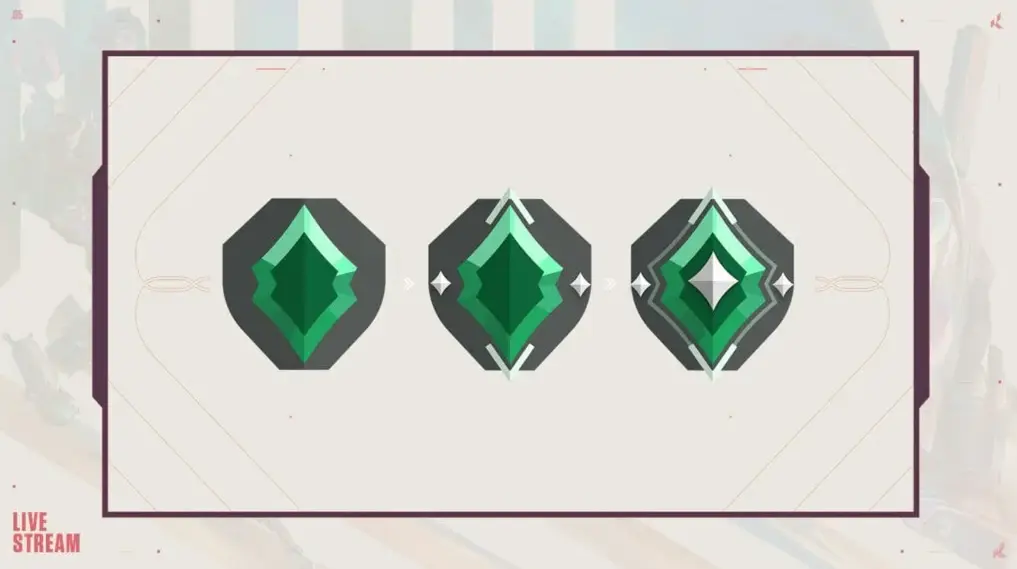
According to recent research, many players who were previously at the "Gold" or "Platinum" levels have been moved to the "Ascendant" rank. However, there are also positive reviews noting that the changes in the ranking system have helped them progress and improve their gaming experience.
Community opinions are divided, with many believing that there are too many players in the "Diamond" and "Ascendant" ranks who do not match their skill levels. Riot Games, in their blog, explained that adding the new rank helps better distribute players across ranks, preventing overcrowding in the "Platinum" and "Diamond" ranks.
Valorant rank system after Ascendant
After reaching the "Immortal I" rank in the Valorant ranking system, your gaming experience will undergo changes. Instead of the usual LP (League Points) system, you will be tracked by RR (Ranking Points). Starting from "Immortal I," your initial score will be 10 RR. After that, you can increase your RR by winning matches, but to progress to the next level, "Immortal II," you'll need to surpass a specific RR threshold, which varies depending on your region. For example, in North America, you'll need 80 RR to move to "Immortal II," and for "Immortal III," it's 200 RR.
To achieve the "Radiant" rank, you'll need to enter the top 500 players in your region. These top 500 players have the highest RR levels in the region, making RR requirements for "Radiant" variable. After reaching "Radiant," it's crucial to maintain a high RR level, as otherwise, you risk being surpassed by other players.
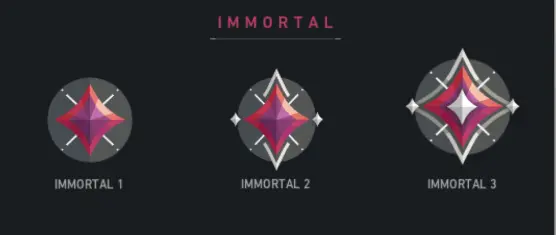
The recent update also affected Matchmaking Rating (MMR) values that determine the rank. These values were redistributed downwards due to the introduction of the "Ascendant" rank for all ranks below it. MMR goals for "Immortal" and "Radiant" were raised. These changes sparked discussions about the fairness of the system, and the question of their justification remains open until Riot Games makes decisions based on collected data. Developers also clarified that a more significant rank reset might occur in the next reset than in previous patches.
Immortal Rank: Your path to the professional scene
The Premier game mode was designed to provide young talented players with the opportunity to showcase their unique skills and enter the Valorant professional community. Extensive testing was conducted among regular gamers over an extended period, resulting in significant adjustments to enhance the mode's quality. Recently, Riot Games announced the official start date of the first season, during which teams ready to advance to the Challengers League will be selected.
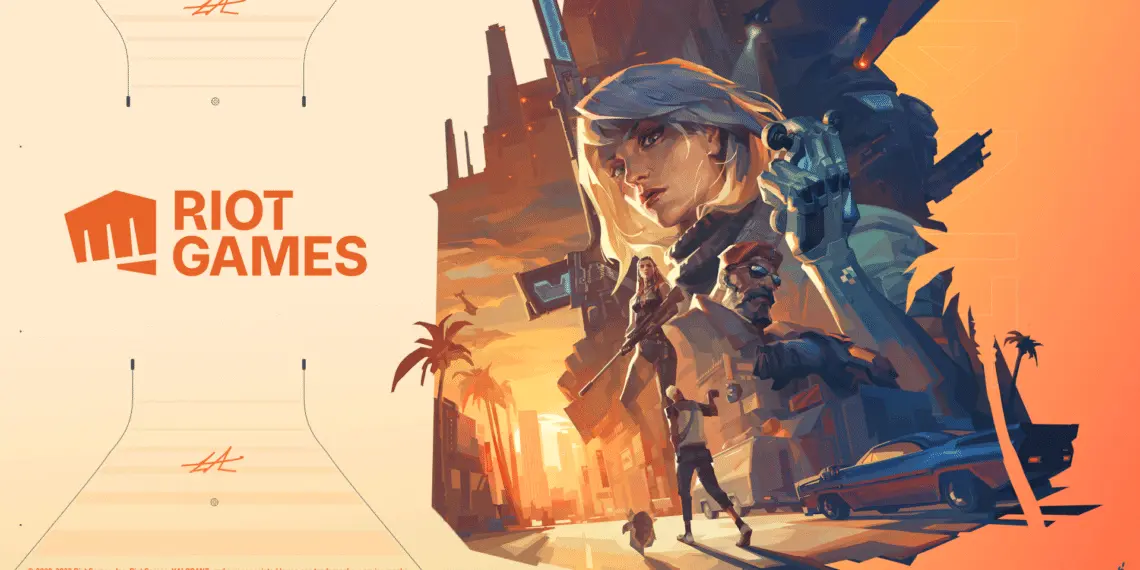
The opening of the first season is scheduled for the eighth episode, launching in early 2024. Key requirements for those aspiring to join the Challengers League include achieving a rank no lower than Immortal 3 in the ranked mode at the time of participation, participating in the high-level Premier division – Contenders, and the age of players forming the team must not be younger than 16.
Before the start of the first season, players have ample time to improve their rank, reach Immortal 3, create a team, and prepare for competition. Additional details regarding participation in the Premier mode are available on the official Riot Games website.

Valorant rank distribution as of November 2023
The number of players at a specific rank at any given moment is a dynamic statistic subject to changes every month and season. However, we provide you with fresh data taken from the analytical website Esports Tales.
Currently, the percentage breakdown of players by rank looks as follows:
- Iron (5.1%)
- Bronze (15.9%)
- Silver (22.5%)
- Gold (20.9%)
- Platinum (16.2%)
- Diamond (11.1%)
- Ascendant (4.8%)
- Immortal (2.0%)
- Radiant (0.05%).
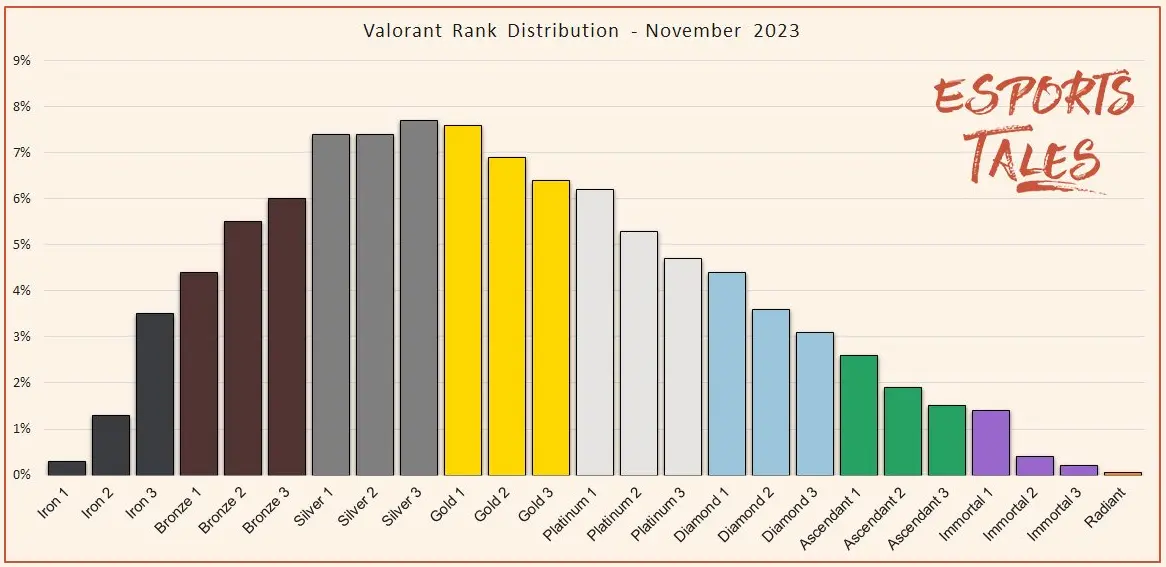
It is noted that the majority of players are distributed within the range of Bronze to Platinum ranks. This segment is the most populous in the gaming community. As the rank increases, starting from Diamond and above, the percentage of players significantly decreases, indicating the difficulty of achieving higher ranks.
Considering the constant dynamics in gaming rankings, it is important to remember that these numbers may change depending on the season and game updates.
Conclusion
The ranking system in Valorant provides a balanced and competitive gaming experience. It encourages players to improve their skills, strive for new heights, and enjoy high-level competition.
Comments
Upcoming Top Matches
Latest top articles







No comments yet! Be the first one to react